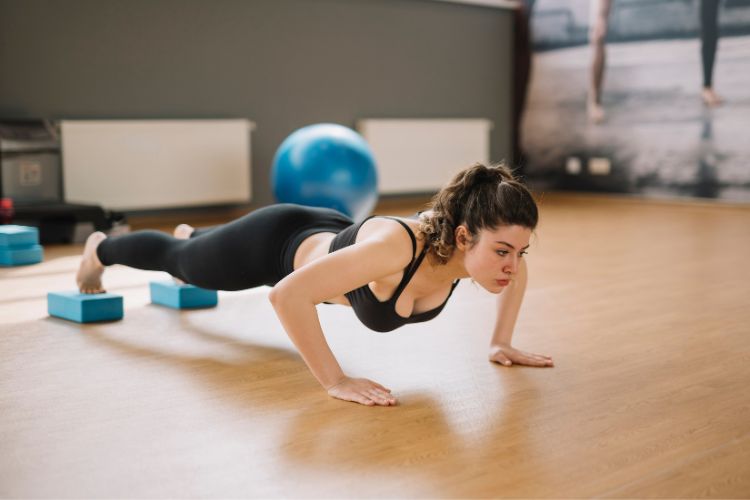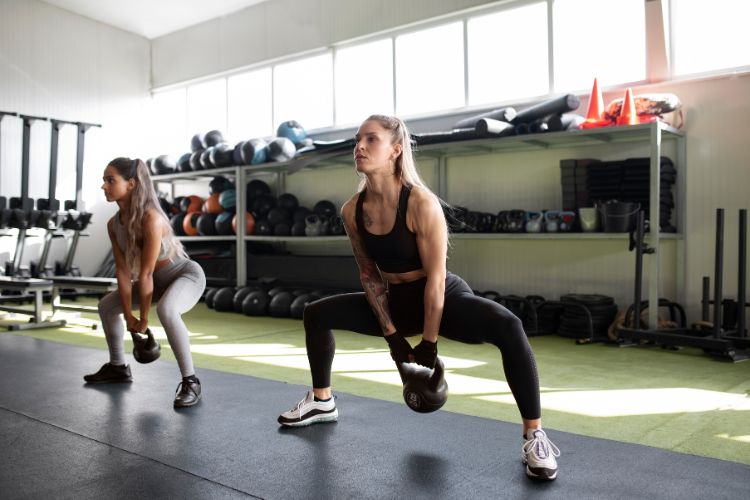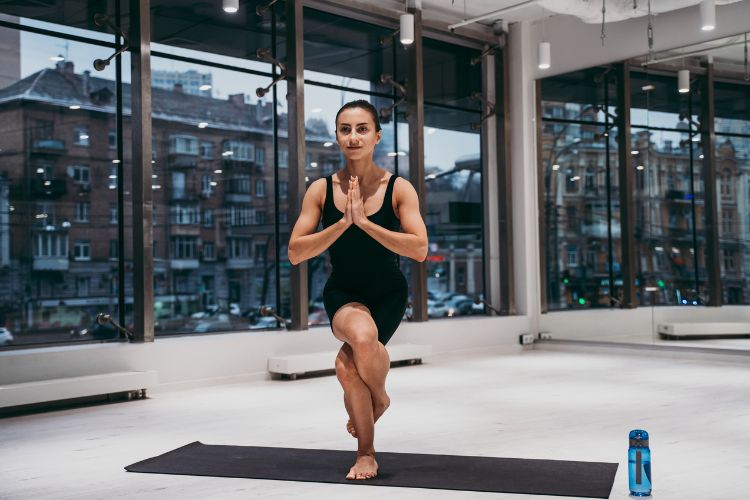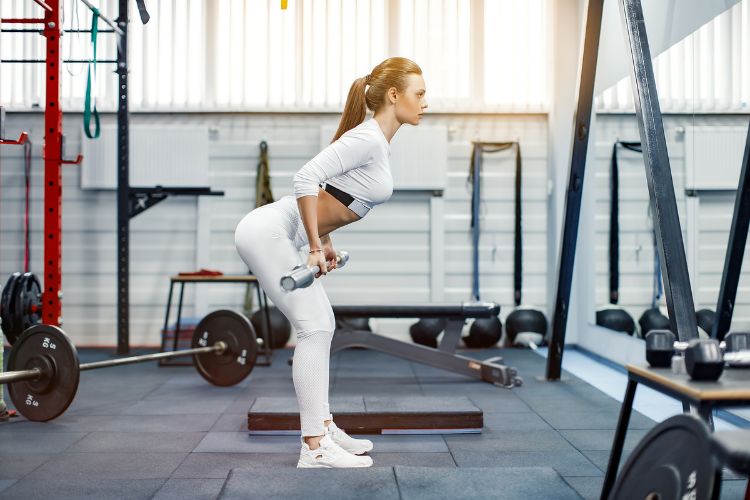Sign up for workout ideas, training advice, reviews of the latest gear and more.






Starting an upper body workout routine can feel overwhelming, especially if you’re new to fitness. But with the right exercises, proper form, and a structured plan, you can build strength, improve posture, and enhance overall fitness—without needing a gym membership or expensive equipment. This comprehensive guide covers everything you need to know about upper body workouts for beginners, including:
The benefits of upper body training
Essential muscles worked
Step-by-step exercise instructions
Beginner-friendly modifications
A 4-week workout plan
Nutrition & recovery tips
Common mistakes to avoid
By the end, you’ll have a clear, actionable plan to build a stronger, more defined upper body. Let’s get started!
Many beginners focus solely on cardio or lower-body exercises, neglecting their upper body. However, a balanced fitness routine that includes upper body training offers numerous benefits:
A strong upper body makes daily tasks easier—carrying groceries, lifting luggage, pushing doors, or playing with kids.
Weak upper back and shoulder muscles contribute to poor posture (slouching, rounded shoulders). Strengthening these muscles helps align the spine and prevent discomfort.
Muscle burns more calories than fat. Building lean muscle in your arms, chest, and back boosts metabolism, aiding in fat loss.
Whether you play sports (tennis, swimming, basketball) or just want to move better, upper body strength improves power and endurance.
Seeing muscle definition and strength gains can increase self-esteem and motivation to keep training.
Before jumping into exercises, it’s helpful to understand the major muscle groups involved in upper body workouts:
A well-rounded upper body routine should target all these areas for balanced strength.
Why? A bodyweight staple that builds chest and arm strength.
How to Do It:
Beginner Modifications:
Why? Strengthens shoulders for better mobility.
How to Do It:
Tip: Start with lighter weights (5-10 lbs) to perfect form.
Why? Counters hunched posture by strengthening the upper back.
How to Do It:
Alternative: Use resistance bands if dumbbells aren’t available.
Why? Isolates arm muscles for definition.
How to Do It:
Variation: Hammer curls (palms facing inward) target different arm muscles.
Why? Tones the back of the arms (bye-bye “bat wings”).
How to Do It:
Easier Version: Bend knees to reduce weight.
Why? Improves stability while engaging shoulders.
How to Do It:
This progressive plan starts simple and gradually increases intensity.
Workout A (Chest/Triceps)
Workout B (Back/Biceps)
Frequency: 2-3x per week, with rest days in between.
Workout A (Chest/Shoulders)
Workout B (Back/Arms)
Tip: Increase weights slightly each week if exercises feel too easy.
For beginners, aim for 2–3 upper body workouts per week with at least a day of rest between sessions.
| Day | Workout |
|---|---|
| Monday | Upper body strength workout |
| Tuesday | Lower body or rest |
| Wednesday | Upper body strength workout |
| Thursday | Rest or light cardio |
| Friday | Upper body strength workout |
| Saturday | Full-body workout or rest |
| Sunday | Active recovery (stretching, walking) |
Skipping Warm-Ups → Increases injury risk.
Using Too Much Weight → Form breaks down.
Neglecting Rest Days → Muscles need recovery.
Only Doing Isolation Moves → Compound exercises (push-ups, rows) are more effective.
Building upper body strength as a beginner is totally achievable with consistency and the right approach. Start with 2-3 workouts per week, focus on proper form, and gradually increase intensity.
Ready to transform your upper body? Pick a workout from the plan and commit to just 4 weeks—you’ll be amazed at the progress!
Need help customizing your plan? Drop a comment in our social media and follow us for more fitness tips!
Stay up to date on the latest women’s health, fitness and lifestyle trends and tips.